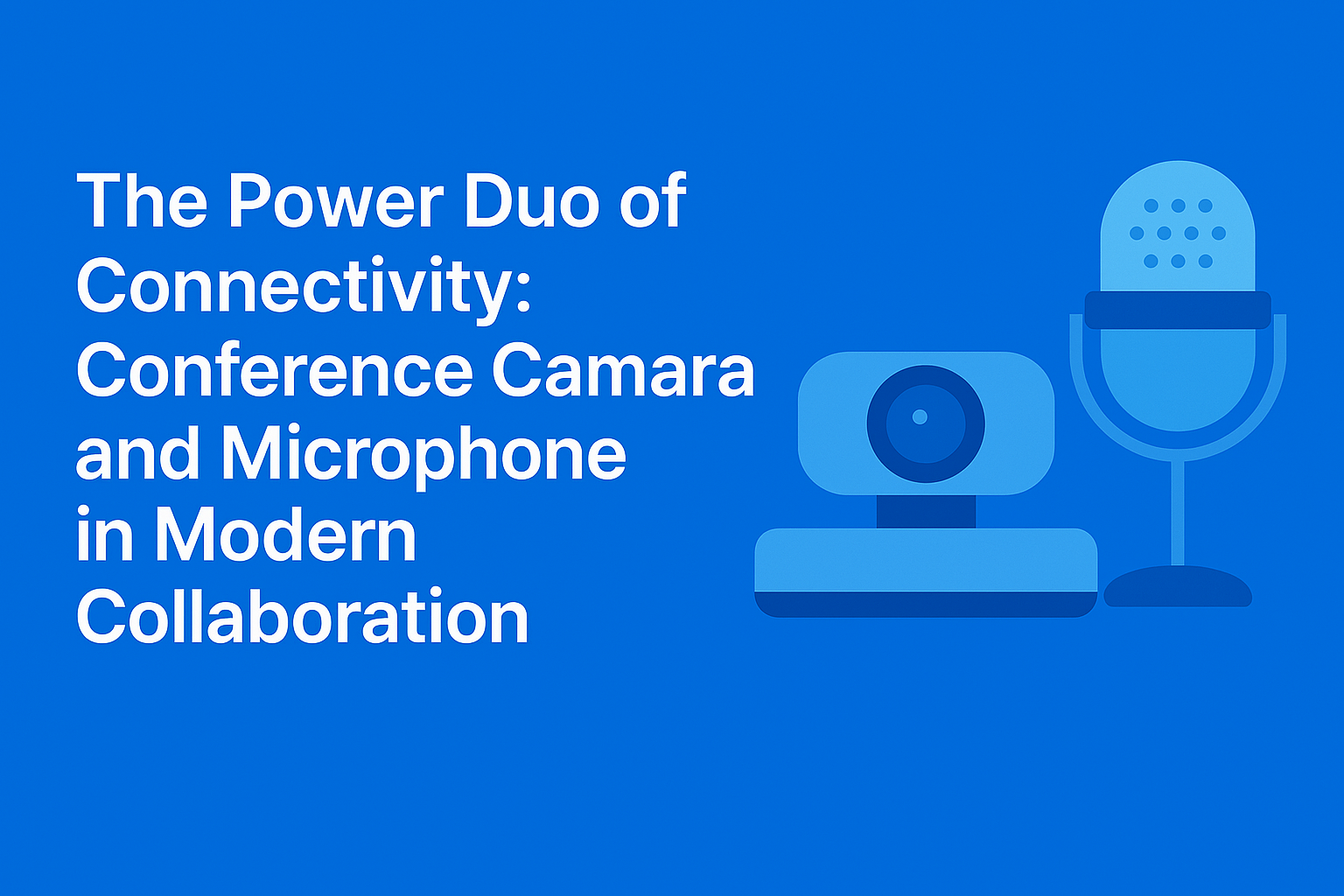Email Verification: Why It Matters and How to Do It Right

Strong 8k brings an ultra-HD IPTV experience to your living room and your pocket.
Introduction
Email marketing is still one of the most effective digital strategies, but only if your emails land in real inboxes. That’s why email verification is crucial. It ensures the email addresses on your list are valid, safe to send, and more likely to engage.
Whether you’re running cold outreach, newsletters, or promotional campaigns, verifying your list before you hit send is essential to maintain deliverability, protect your sender reputation, and maximize ROI.
What Is Email Verification?
Email verification is the process of checking if an email address is real, valid, and active without actually sending an email. It identifies and removes problematic addresses such as:
- Invalid or mistyped emails (e.g., [email protected])
- Inactive or non-existent domains
- Disposable emails (temporary inboxes)
- Role-based emails (like info@ or admin@)
- Spam traps and blacklisted domains
This process helps ensure that your emails are delivered to real users and not bounced or marked as spam.
Why Email Verification Matters
1. Improves Deliverability
A high bounce rate tells email service providers (ESPs) that you're sending to low-quality lists, which can hurt your deliverability. Verified lists reduce bounce rates and keep your campaigns in the inbox — not the spam folder.
2. Protects Your Sender Reputation
Internet service providers (ISPs) track your sender reputation. Sending emails to bad addresses harms your reputation, making it harder to reach real users in the future. Email verification safeguards this vital asset.
3. Reduces Costs
Email marketing platforms often charge based on the size of your list. Verifying your list means you're not wasting money on undeliverable or fake addresses.
4. Increases Engagement Rates
Verified email lists lead to better open, click, and reply rates because you're reaching actual people. This boosts your campaign performance and conversion potential.
5. Prevents Legal Risks
Many email verification tools flag spam traps and role-based emails that can lead to compliance issues or blacklistings, keeping your campaigns within regulations like GDPR and CAN-SPAM.
How Email Verification Works
Here’s a simplified look at how modern email verification tools clean your list:
1. Syntax Check
The tool ensures the email is correctly formatted (e.g., no missing @ or typos).
2. Domain Check
Confirms that the domain (e.g., gmail.com) actually exists and can receive messages.
3. MX Record Check
Looks for mail exchange records that confirm the domain can process email.
4. Mailbox Ping (SMTP Validation)
Pings the server to verify the address without sending an actual email.
5. Blacklist & Spam Trap Detection
Identifies if the address or domain is known for spam or fraud.
6. Catch-All Detection
Determines if the domain accepts all email types, which may hide invalid users.
Top Email Verification Tools in 2025
Here are a few reliable tools trusted by marketers and sales teams:
ZeroBounce
Known for detecting abuse emails, spam traps, and offering high accuracy.
NeverBounce
Popular for bulk email verification with 99%+ deliverability assurance.
Hunter Email Verifier
Great for cold email outreach. Verifies addresses individually or in bulk.
MillionVerifier
A cost-effective tool ideal for verifying large databases.
Bouncer
Fast, easy-to-use, and integrates with many CRMs and email platforms.
When to Use Email Verification
- Before a campaign: Clean your list before sending to improve results.
- After list imports: If you’ve added contacts from other sources.
- Routinely (monthly or quarterly): Keep your list fresh and healthy.
- Post sign-up: Use real-time verification during form submissions.
Tips to Keep Your Email List Clean
Even with verification, list hygiene is ongoing. Here are tips to maintain it:
- Use double opt-in for new subscribers
- Set up re-engagement campaigns to remove inactive users
- Don’t purchase email lists — they're often filled with low-quality contacts
- Use CAPTCHA or email validation on sign-up forms
- Verify emails in real-time with an API integration
Final Thoughts
Email verification is more than a technical step — it’s a smart business practice. It keeps your email list healthy, your campaigns effective, and your brand credible.
With spam filters, privacy laws, and consumer expectations becoming stricter, verifying emails is not optional — it’s necessary. Whether you're a startup or enterprise, investing in a reliable email verification solution will protect your sender reputation, increase ROI, and help you scale with confidence.
Note: IndiBlogHub features both user-submitted and editorial content. We do not verify third-party contributions. Read our Disclaimer and Privacy Policyfor details.







